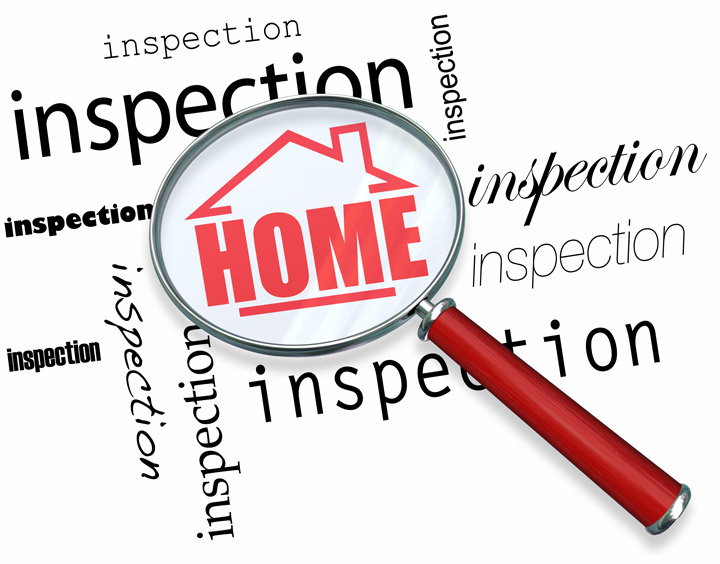
What Are the Components of an Appraisal?Their home's purchase can be the most important financial decision many could ever make. Whether it's where you raise your family, a second vacation home or a rental fixer upper, purchasing real property is a detailed transaction that requires multiple parties to make it all happen. Practically all the parties involved are very familiar. The most known face in the exchange is the real estate agent. Then, the mortgage company provides the financial capital needed to bankroll the deal. And ensuring all aspects of the transaction are completed and that a clear title passes from the seller to the buyer is the title company. So, what party is responsible for making sure the value of the property is in line with the purchase price? This is where you meet the appraiser. We provide an unbiased estimate of what a buyer could expect to pay — or a seller receive — for a property, where both buyer and seller are informed parties. A licensed, certified, professional appraiser from All Brevard Certified Appraisals will ensure, you as an interested party, are informed. Inspecting the subject propertyTo determine an accurate status of the property, it's our duty to first complete a thorough inspection. We must see features hands on, such as the number of bedrooms and bathrooms, the location, living areas, etc, to ensure they truly are there and are in the shape a typical buyer would expect them to be. To make sure the stated size of the property has not been misrepresented and document the layout of the home, the inspection often requires creating a sketch of the floorplan. Most importantly, the appraiser identifies any obvious amenities - or defects - that would have an impact on the value of the property. Back at the office, we use two or three approaches to determining the value of the property: a sales comparison, a replacement cost calculation, and an income approach when rental properties are prevalent. 
Cost ApproachHere, the appraiser pulls information on local building costs, the cost of labor and other elements to derive how much it would cost to construct a property similar to the one being appraised. This figure commonly sets the upper limit on what a property would sell for. The cost approach is also the least used predictor of value. 
Paired Sales AnalysisAppraisers become very familiar with the subdivisions in which they appraise. They thoroughly understand the value of particular features to the homeowners of that area. Then, the appraiser researches recent transactions in close proximity to the subject and finds properties which are 'comparable' to the home at hand. Using knowledge of the value of certain items such as square footage, additional bathrooms, hardwood floors, fireplaces or view lots (just to name a few), we adjust the comparable properties so that they more accurately match the features of subject property.
In the end, the appraiser reconciles the adjusted sales prices of all the comps and then derives an opinion of what the subject could sell for. At All Brevard Certified Appraisals, we are experts when it comes to knowing the value of real estate features in Melbourne and Brevard County neighborhoods. The sales comparison approach to value is typically given the most importance when an appraisal is for a real estate purchase. Valuation Using the Income ApproachIn the case of income producing properties - rental houses for example - the appraiser may use a third way of valuing a house. In this case, the amount of revenue the real estate generates is taken into consideration along with other rents in the area for comparable properties to derive the current value. Putting It All TogetherAnalyzing the data from all approaches, the appraiser is then ready to state an estimated market value for the subject property. The estimate of value at the bottom of the appraisal report is not necessarily what's being paid for the property even though it is likely the best indication of what a property is worth. Depending on the individual circumstances of the buyer or seller, their level of urgency or a buyer's desire for that exact property, the closing price of a home can always be driven up or down.Regardless, the appraised value is typically employed as a guideline for lenders who don't want to loan a buyer more money than they could get back in case they had to sell the property again. Here's what it all boils down to, an appraiser from All Brevard Certified Appraisals will help you attain the most fair and balanced property value, so you can make wise real estate decisions. |